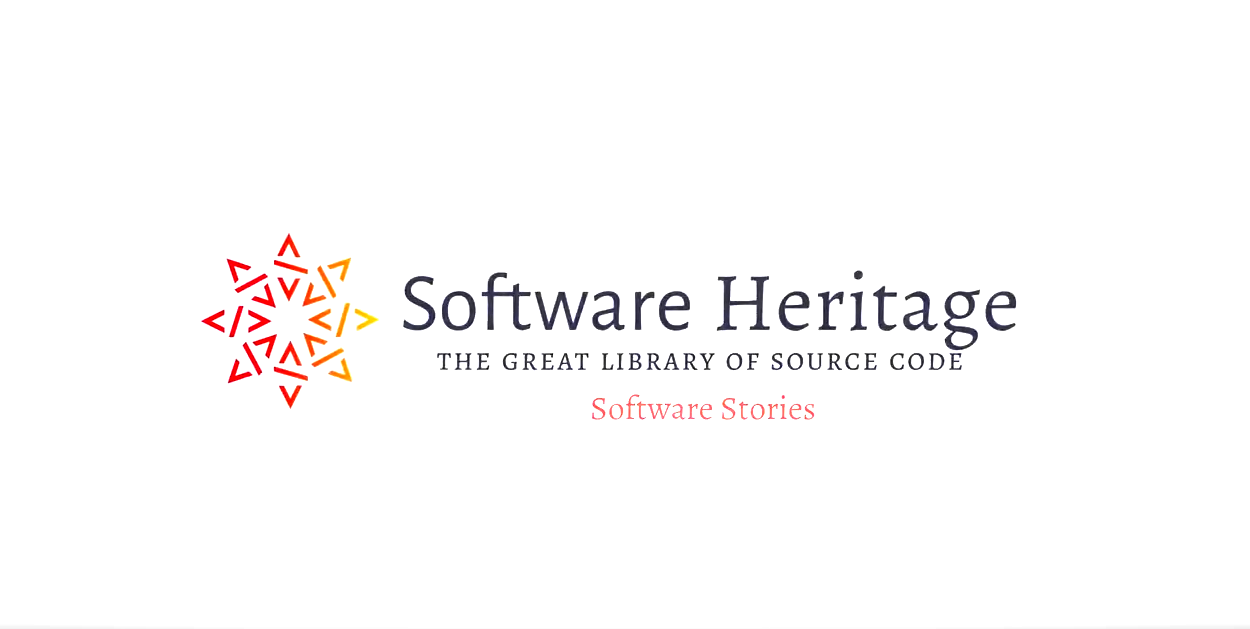Preserving Legacy Source Code with Software Stories

As the computing pioneer Edsger Dijkstra said in his Turing Award speech nearly fifty years ago, computers certainly have “… had a great impact on our society in their capacity of tools, but in that capacity their influence will be but a ripple on the surface of our culture, compared with the much more profound influence they will have in their capacity of intellectual challenge without precedent in the cultural history of mankind.” That intellectual challenge is embodied in its source code.
Source code is the lifeblood of software. More than the running program, or even the associated documentation (specifications, user manuals, and so forth) it is the definitive repository of the immense intellectual effort that goes into its creation. There is simply no complete substitute for the source code.
To be fair, the software community had begun to realize this as early as the 1980s, when Donald Knuth introduced Literate Programming, in which source code and documentation were tightly interwoven (and became the forerunner of “computational notebooks” such as Jupyter). In the 1990s the agile programming movement firmly enshrined source code as the single most important attribute of any software.
This gives us another perspective on why the Free and Open Source Software (FOSS) movement has become so important: not only has it made a lot of software available to the community, but it has also raised the level of education and skills of software developers everywhere by exposing them directly to some of the finest examples of software development practices anywhere through the freely available source code.
No wonder the European Commission has included FOSS in its strategic objectives. And no wonder UNESCO has recognized the cultural value of software source code and has worked together with INRIA to establish Software Heritage, dedicated to the preservation of source code for posterity. Software Heritage director Roberto de Cosmo dropped by SWForum.eu in March 2021 to speak at our First Workshop on Trustworthy Software and Open Source. You can see his presentation and slides to get a good introduction to the Software Heritage and its goals.
And now, on the occasion of its fifth anniversary, Software Heritage has unveiled a fascinating new initiative for presenting landmark software code and preserving it for future generations: software stories. These are multimedia presentations that, of course, include direct access to the Software Heritage repositories of source code, but also videos, PDF files containing original documentation, and photos of the major actors involved in the creation of the software. One of the first examples was recently published here, a collaboration with the University of Pisa to present TAUmus, one of the first electronic music programs, and its development from 1972 through 1977. It is a moving experience to see the astonishingly creative efforts of these pioneers, and yes, to see the original source code produced by those first programmers.
And finally, it is no wonder that SWForum.eu is firmly committed to furthering the goals of the European Commission in fostering the spread of open source for a stronger, digital Europe.
Are you looking for a new IT partner that can satisfy your needs for custom software development?

Article by
John Favaro
Senior Research Analyst at Trust-IT Services
